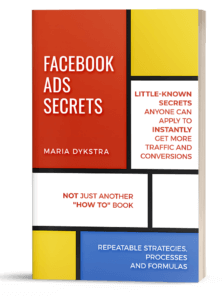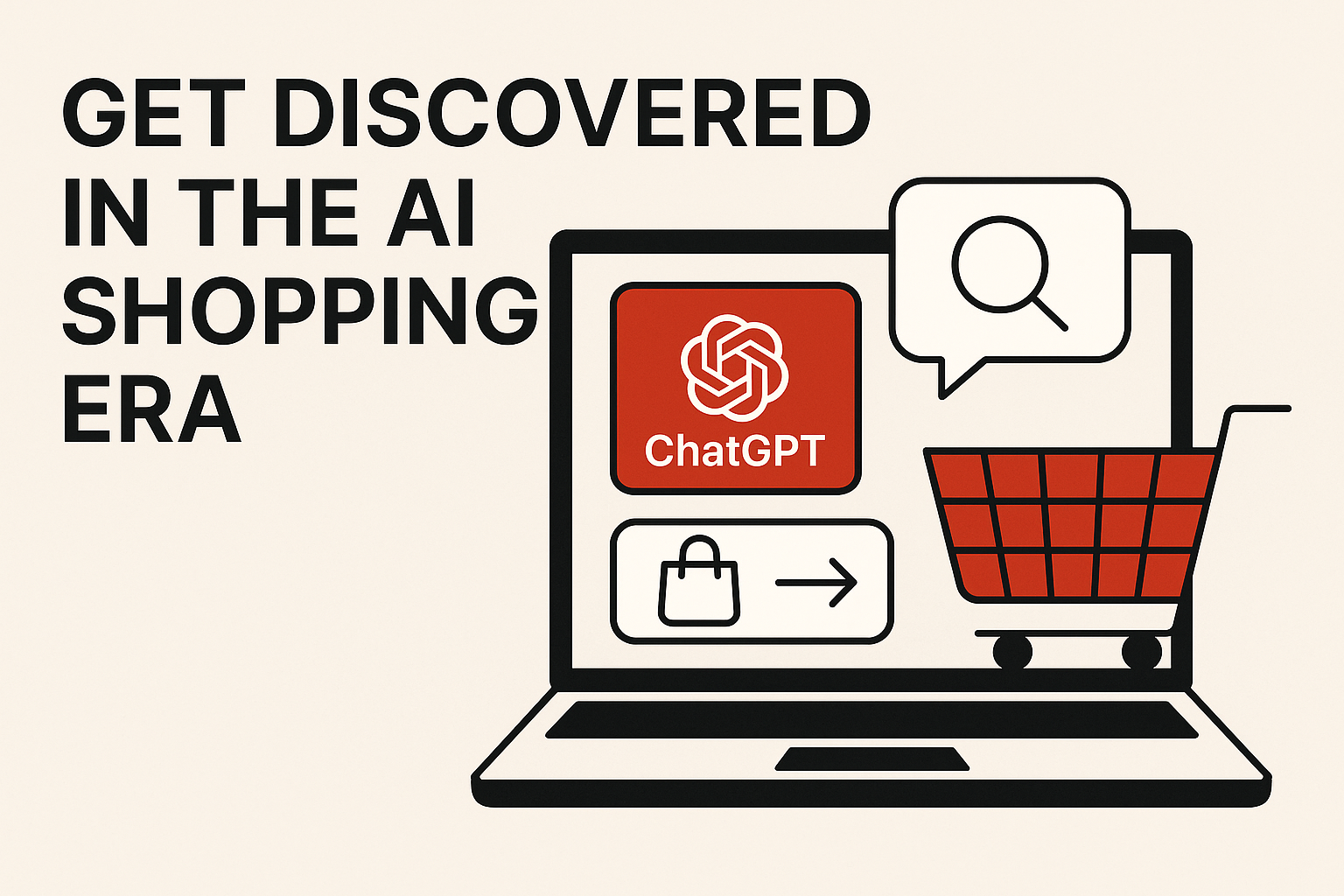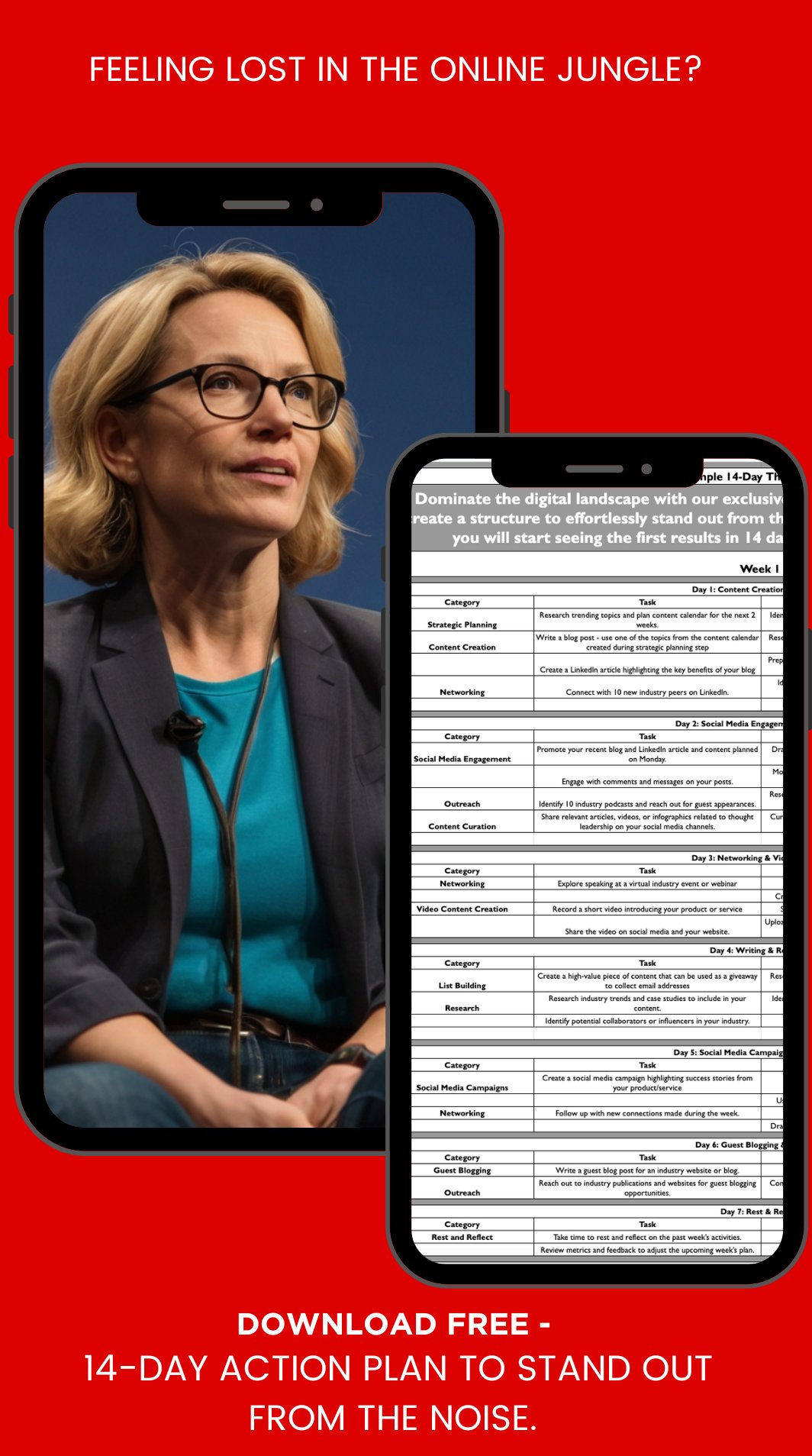The debate over the effectiveness of content marketing heated up over the last year.
Many digital marketing consultants claim that content writing is a HUGE waste of time. Others swear by it.
To write or not to write? Or vlog? Or create Facebook Live series? This may be your question.
In reality, content marketing is extremely important for brands that want to build value over time.
All successful brands (big and small) produce a TON of content. It comes in a variety of different forms and helps them build connections with the consumers.
Content is one of the best ways to show what you can do, along with giving a little taste of your products or services.
Regardless of whether you are a B2B, B2C, online, or even an offline business, content can help elevate your offers
- If you are a coach or a consultant, content will help establish the initial trust and showcase your expertise.
- If you are building your thought leadership platform, content is a path to sharing your unique point of view.
- If you are an ecommerce brand, content will inspire your readers to try your products.
Simply writing great content is no longer enough.
You must have a strong content marketing strategy. There are many different parts to it. In this article, we’ll go over what we know works best for us and our clients.
Here are 4 ways to create the most effective content marketing strategy for your brand.
Table of Contents
Toggle1. Design your strategy around a sales funnel
When people first learn of your brand, they will instantly (consciously or subconsciously) compare it with your competition.
So this first exposure is exactly where the race begins.
Your goal: be the first choice for consumers, earn their business and get them to come back to YOU.
But earning the business from a stranger is NOT simple!
Your job is to guide the thought process of your potential customers.
You need to help people understand why they need the product, why your brand is better than the competitor andhow they can buy the product.
In other words, you must create a sales funnel for your potential buyers.
Content plays a huge role at all stages of your sales funnel.
Your customers’ interaction with your brand likely starts on social media or your blog. If you impress them enough, they may move further down your funnel by opting for a free trial, a strategy session, or an initial purchase.
Content Marketing does not stop at the purchase – Your goal is to create repeat buyers and loyal customers willing to refer your brand to others.
The s
uccess of your content marketing is measured by your ability to move more people through your funnel stages and to move them faster.
Creating funnel-based content does not necessarily mean that you have to create lengthy content for each stage. A one-page downloadable checklist can work better than a 30-page ebook.
Start by determining questions your potential customers are asking at each stage of their engagement with your brand. Then create meaningful content that will showcase your brand AND entice them to move to the next step.
The popular belief that nurturing customers via content takes a long time is also untrue. If you consider your advertising strategy when you are creating content you may be able to go from first exposure to the sale in 24-48 hours. Think about the role your content pieces will play in your ad strategy or Facebook ads funnel, for example.
Word of advice: ONLY create content after you have clarity of what your funnel looks like.
2. Be empirical and data-driven
Your strategy should be based on quantifiable data, not your gut feeling.
Most online platforms have analytical features that allow you to see who is visiting your content. You can use the information as a guide to improving your content.
For example, you will be able to tell if your visitors are male or female, their age, their geographical location, and more.
By installing Google Analytics for your blog and websites, you can see exactly how long people are staying on your site, how much they are interacting with your content, and which type of content is most sought after.
Google Content Drill-down report is particularly helpful in figuring out your top content.
These numbers will tell you what you’re doing right and what you need to work on; it will show you how engaging your content is and how the audience perceives it.

Invite visitors to leave comments and likes on your content, make it simple for them to engage. In turn, measure this engagement as an indicator of content popularity.
Social media analytics is also a great way to tell just how well-received your content is.
Use Facebook Insights, LinkedIn, and Twitter Analytics to see if your content is resonating with users. Is it being liked, shared, commented on?
You can also use social media to test different headlines for your blogs. Just try different ways of writing a post and see which one will be more popular.
3. Focus on market research and understand how you will earn with your content
Every consumer is different. While there are some similarities, you can’t expect to use the same approach for different industries.
Market research is a great way to learn about the preferences of your target market.
- When are they online?
- What are their key problems and needs?
- What type of visual design do they like?
- How do they perceive your brand and similar brands?
These are some of the questions that you will need to answer to create content that converts into sales.
You’re creating a logical and emotionally appealing story, so use every tool you have to your advantage when designing your
content strategy.
If you do, you will have a clear plan of action that will keep your content focused and precise going forward.
Online forums and review sites are excellent places to get unfiltered input directly from the source.
Read Amazon reviews for similar products or services. Visit Quora and Reddit forums to read verbatim questions.
It is easy to default to the “professional” language in our content. Using actual language from your customers’ questions and comments on these sites will make your content more relatable.
Most importantly, have a clear understanding of how your content will drive revenue.
Are you creating thought leadership content that will establish trust and then turn this trust into leads and then customers?
OR
Are you focused on curating affiliate content that will drive revenue through clicks?
Both are viable money-generating strategies, but how you position content may be different depending on the revenue strategy you choose.
4. Plan your content for the future
Content planning is frequently the least favorite activity for our clients. It is tempting to jump into production right away.
But content planning is a critically important step. It will save you a lot of time in the long run. It will also ensure that your content converts and that you are thoughtful in how you use your existing content.
Repurposing older content and updating it to be relevant to the current market trend are two of the most frequently overlooked activities.
In addition to data analysis and market research, put together an inventory of your existing content.
You may find that you already have an extensive library of content that can be converted into different formats. New video tools made it very simple to create stunning visual content. Before creating new content, consider generating more views for your existing blogs.
Repurposed content will also give you something to fall back on when your budget and time are limited.
Outreach is another important part of the content planning process.
You might want to consider working with guest bloggers and established influencers, as they can bring in a larger audience from unique sources. It’s also a great way to improve brand authority and engagement at a scalable cost.
Create a list of outreach opportunities and start building relationships with the influencers right away.
Conclusion
A successful Content Marketing Strategy is more than writing great content. It starts with planning and analyzing your content, figuring out specific needs to address as well as creating a solid promotional strategy. Invest some time into figuring out a plan that works for you.
Do you need help with your content marketing strategy? Get in touch today for a free consultation.










